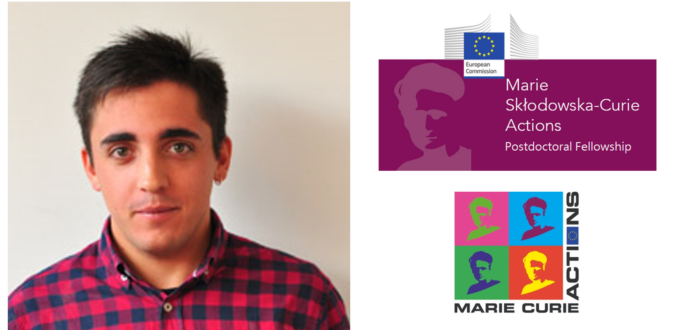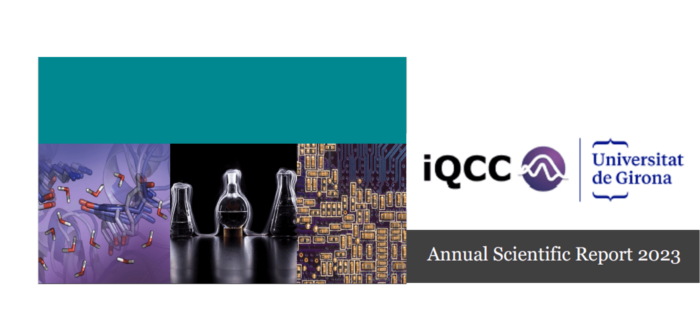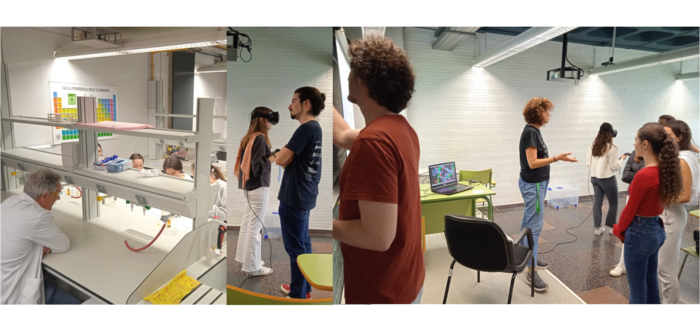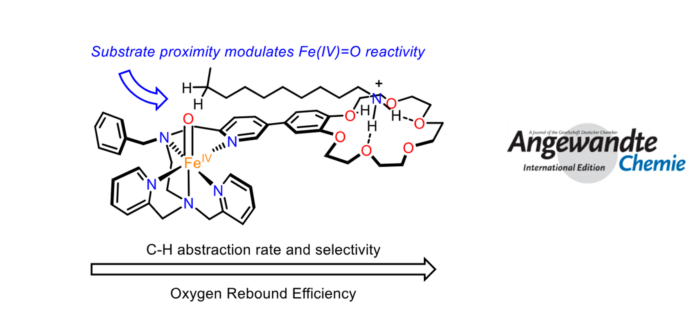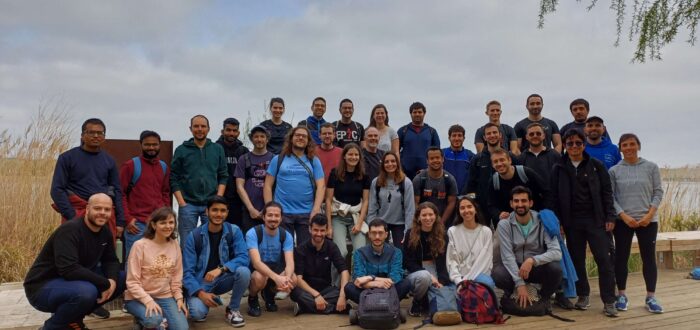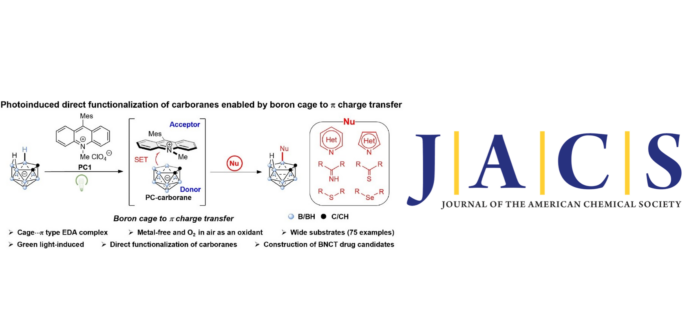Last 25th April took place the Spring edition of the IQCC Forum, a quarterly meeting-place where high-quality science will be discussed. The IQCC Forum gives the opportunity for PhD and postdoc members of the IQCC to present their work to a wide audience. This will lead to better knowledge of the work that is being performed
- sec.iqcc@udg.edu
- +34 972 41 83 57
Month: April 2024
Dr. Mursaleem Ansari has recently become a new member of the Institute of Computational Chemistry and Catalysis (IQCC). Dr. Ansari did his PhD at the Indian Institute of Technology Bombay on Mechanism of C-H and C=C activation by Mono and Dinuclear FeIV=O Species Using Density Functional Theory under the supervision of Prof. Gopalan Rajaraman in 2021. He has
On April 4th, Dr. Albert Artigas started his MSCA post-docotral project entitled singlet fission in fullerene-based single-material organic solar cells (Full-Fission) under the supervision of Prof. Miquel Solà and co-supervision of Prof. Anna Roglans at the Institute of Computational Chemistry and Catalysis (IQCC) of the University of Girona (UdG). This 2-year fellowship will allow Dr. Albert
The first annual report of the Institute of Computational Chemistry and Catalysis (IQCC) of the University of Girona (UdG) containing the most important activities developed by the IQCC during 2023 is presented below. Writing an annual report is a valuable practice that goes beyond fulfilling regulatory requirements. It serves as a tool for communication, reflection, and strategic planning, contributing
The C(sp3)–H bond oxygenation of a variety of cyclopropane containing hydrocarbons with hydrogen peroxide catalyzed by manganese complexes containing aminopyridine tetradentate ligands was carried out. Oxidations were performed in 1,1,1,3,3,3-hexafluoro-2-propanol (HFIP) and 2,2,2-trifluoroethanol (TFE) using different manganese catalysts and carboxylic acid co-ligands, where steric and electronic properties were systematically modified. Functionalization selectively occurs at the
Last 20th March the Chemistry Department of the University of Girona opened its doors and gives the opportunity to high-school students to know our work through experimental workshops. This provides the secondary school pupils the possibility to get a feel for the research and have real-time chemistry in their hands. Some IQCC members have participated (Prof. Miquel
Precise control of substrate positioning and orientation (its proximity to the reactive unit) is often invoked to rationalize the superior enzymatic reaction rates and selectivities when compared to synthetic models. Artificial nonheme iron (IV) oxo (Fe(IV)=O) complexes react with C(sp3)-H bonds via a biomimetic Hydrogen Atom Transfer/Hydroxyl Rebound mechanism, but rates, site-selectivity and even hydroxyl
Last Thursday 21st March the 1st IQCC Day took place. This activity is part of the Networking IQCC activities. We did an excursion around Estany de Banyoles and then we did a calçotada/BBQ. The idea is that, from now on, we will do once a every year in March. Below you can find some photos: Girona, April 2nd, 2024 For more info: ges.iqcc@udg.edu
The development of new synthetic methods for B–H bond activation has been an important research area in boron cluster chemistry, which may provide opportunities to broaden the application scope of boron clusters. Herein, we present a new reaction strategy for the direct site-selective B–H functionalization of nido-carboranes initiated by photoinduced cage activation via a noncovalent cage···?



